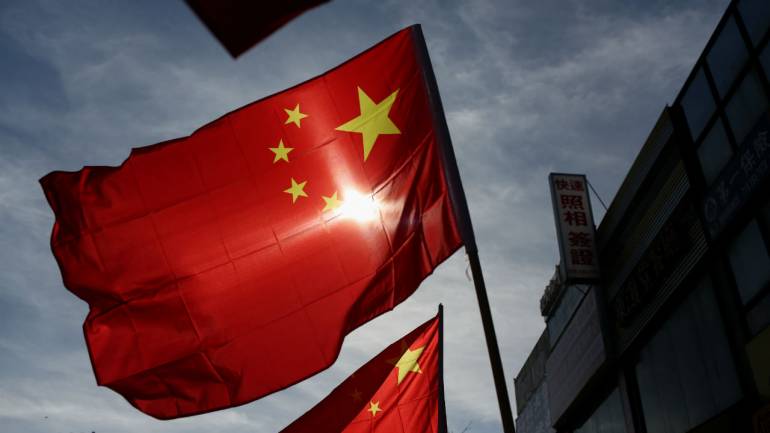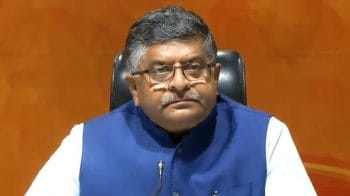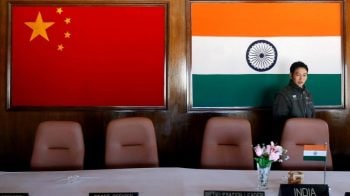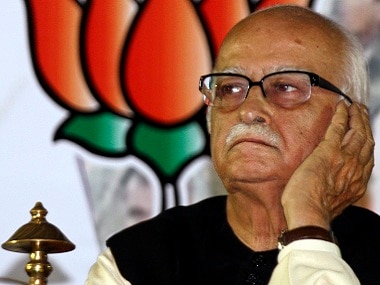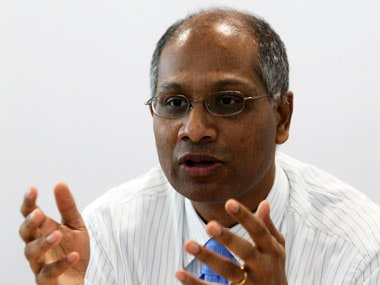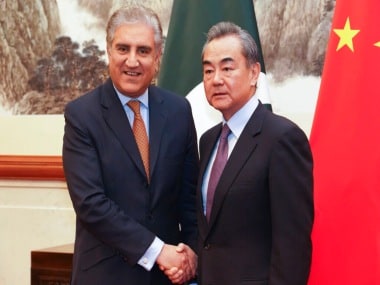The NPC’s secretariat received 491 proposals – 487 proposed legislations and four regulatory recommendations. Li Zhanshu, Chairman of the NPC’s Standing Committee, pledged to move forward with “revising urgently needed laws for deepening market-based reforms.”
China’s 'two sessions' of the National People’s Congress (NPC) and the Chinese People’s Political Consultative Conference (CPPCC) finally ended on March 15. Both conferences are significant for China and the world at large. Premier Li Keqiang delivered the Government Work Report to the second session of the 13th National People's Congress in Beijing on March 5.
According to media reports, the NPC’s secretariat received 491 proposals – 487 proposed legislations and four regulatory recommendations – to be handled by the top body. Li Zhanshu, Chairman of the NPC’s Standing Committee, pledged to move forward with “revising urgently needed laws for deepening market-based reforms.”
Some of the deliberations could be significant for India as trade between both India and China has grown to $100 billion. More importantly, several Chinese companies have been investing heavily in India over the last few years. Notable among them are heavy machinery firm Sanyi in Maharashtra, electrical appliances firm Mediya (and could become a competitor to China-headquartered Haier). Mediya is reported to have already invested $1 billion in Maharashtra.
The biggest investment would possibly relate to Huawei, which has around 5,000 employees in India. Another investment of interest is by Nuntung Construction Company, which is building the country’s tallest building in Bengaluru. Other major investments relate to Xiaomi and Lenovo.
For China, modifying its investment and corporate tax laws is crucially important for two reasons. First, many of the Western countries are likely to follow the US in raising trade barriers – the matter could come up before the World Trade Organisation (WTO) soon. Second, China needs more investors and has begun pursuing this objective with greater focus than India has.
During current deliberations, China hopes to approve tax laws, simplifying the process and reducing social insurance contributions of enterprises by nearly two trillion yuan ($298.3 billion) in 2019 as part of its broader push to promote manufacturing and the growth of small and micro businesses.
The government is also expected to deepen the value-added tax reform, reducing the current rate of 16 percent in manufacturing and other industries to 13 percent, and lower the rate in the transportation, construction, and other industries from 10 to 9 percent (it must be noted that value-added tax is smaller in scale compared to the Goods & Services Tax, which is a tax on the entire sum invoiced).
This is significant because China wants to become more business friendly on account of the global slowdown. Since profit margins of businesses are bound to shrink, the government’s decision to reduce taxes is a welcome move.
There are other moves being made as well:
- China is looking to push rural students into better enrolment, thus reducing dropout numbers. It also wants to incentivise them with quotas in institutes of higher education. This will make the educated elite in China more inclusive and gradually improve the lot of rural families. It is a good move both socially and politically.
- By expanding the scope of its care for the elderly, it plans to reduce the inevitable stress that an ageing population will face in the coming years -- people aged 60 and above stands around 250 million. In some ways, China has the most amazing care centres for the elderly. This correspondent visited a few such centres in Shanghai. China compels children to look after their parents. They have old people’s homes, but not like the ones in the West, or even those advocated in India. These are day-care centres to which people can bring their aged parents, if both husband and wife are working. The centre has meals, peer company, gym, play room, and social workers to look after the aged. Children must pick-up their parents on their way back home, so that parents and children always stay together. Tax breaks and incentives are also being planned.
- There is a move to reduce rates for internet and broadband, which will help further popularise the information highway for its people. That will be of crucial significance in the coming two decades. This year, average broadband service rates for small and medium enterprises (SMEs) will be lowered by another 15 percent, and average rates for mobile internet services will be further cut by more than 20 percent.
Collectively, these moves should consolidate China’s capabilities in areas relating to web services and telecommunications. The moves by Huawei must therefore be seen in this context. The biggest market for China will be 5G networks.
It is forecast that 5G connections will reach one billion worldwide in mid-2023, taking less time than 4G to reach this milestone. By 2022, China is expected to account for more than half of all 5G subscribers.
In the US, it is Verizon, which is struggling to push its 5G solutions.
Analysts believe that India could partner with China in promoting 5G. If that happens, China and India together could create a new global standard for both web services and telecommunications.
At these discussions, China has already reduced its GDP targets to between 6 percent and 6.5 percent as the country pursues higher-quality development, amid mounting uncertainties in the international economic landscape. The country will also raise its fiscal deficit target to 2.76 trillion yuan ($410 billion), or 2.8 percent of GDP, this year from 2.6 percent in 2018. Total government expenditure is budgeted over 23 trillion yuan ($3.4 trillion), up by 6.5 percent from last year.
In laws related to investments, China has sought to streamline its foreign investment law that would assure foreign companies of treatment that is fair and equal to that of domestic enterprises and promote the opening of the domestic market. Hao Mingjin, Vice-Chairman of the NPC Standing Committee, said, “The draft law would confirm China’s determination to further open up, and it is also a process to push forward market-oriented economic reform." Added Wang Xiang, Deputy Head of the Office for Economic Law of the NPC’s Legislative Affairs Commission, “The new law will be the foundation to promote, protect and manage foreign investment in China.”
Chinese worries on this front are understandable. Its global FDI declined more than 40 percent in the first half of last year, according to a report from the United Nations Conference on Trade and Development. But China could take solace from the fact that FDI dropped even more sharply -- by nearly 70 percent -- in developed countries. Despite this decline, data from the Ministry of Commerce in China shows that it enjoyed FDI of over 880 billion yuan in 2018, a record high and an increase of 0.9 percent from a year earlier.
Expect changes in China’s Foreign Investment Law as well. China plans to further open up its markets to foreign businesses and address complaints that have been prevalent among foreign investors. Its draft patent law includes provisions for higher penalties for patent infringement; extending the term of patents to 15 years, up from 10 years currently; and clarifying a shift of the burden of proof to the defendant under a duty to cooperate in providing relevant information.
Clearly, China is determined to remain more relevant to the changing world than ever before. India will obviously have to present foreign investors a prettier face, if it wants to ensure that more foreign investments come its way.
The author is consulting editor with Moneycontrol.com









